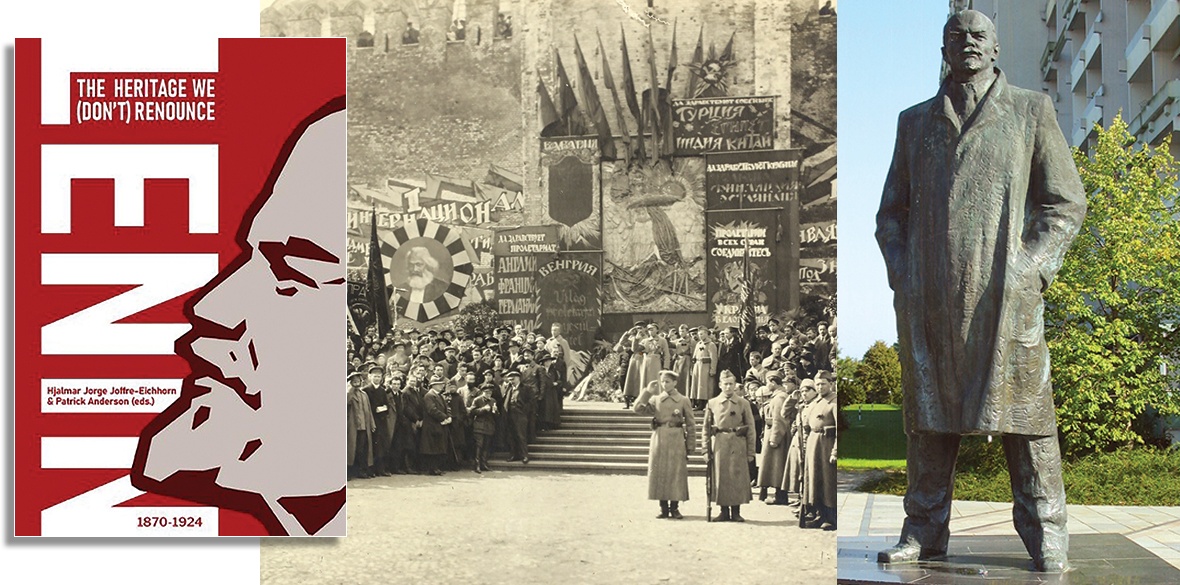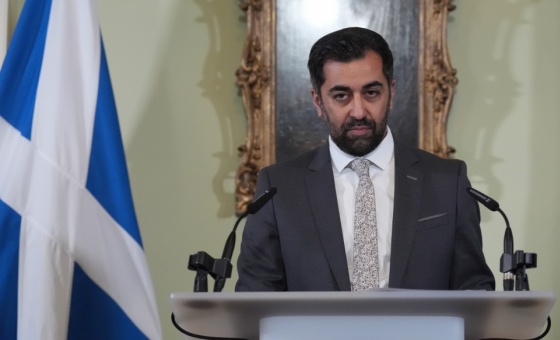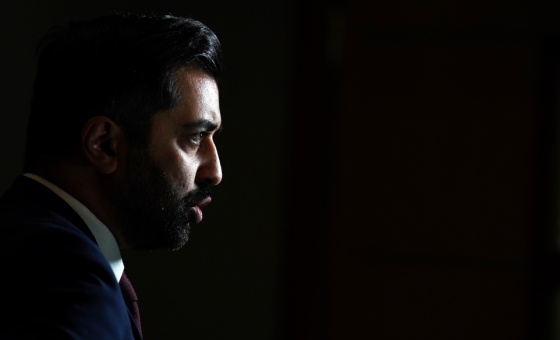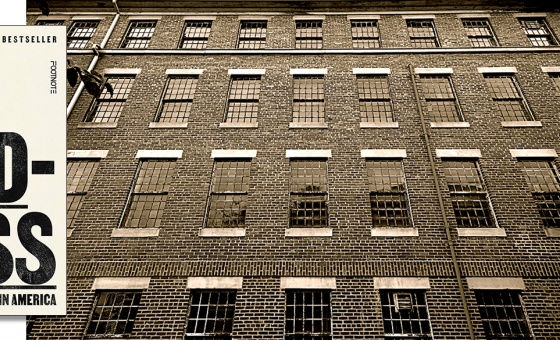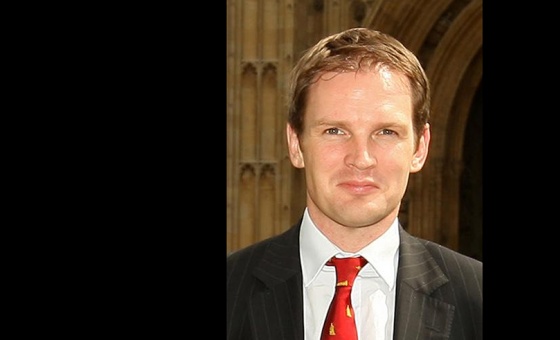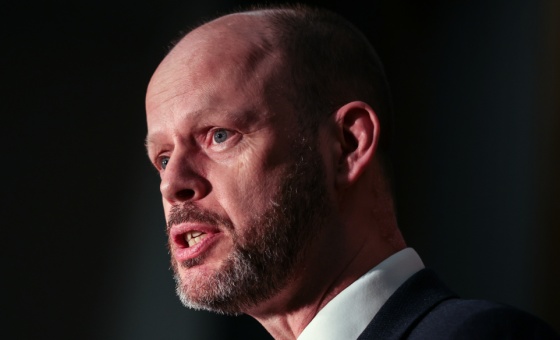This is the last article you can read this month
You can read more article this month
You can read more articles this month
Sorry your limit is up for this month
Reset on:
Please help support the Morning Star by subscribing here
Lenin: The Heritage We (Don’t) Renounce, 1870-1924
Hjalmar Jorge Joffree-Eicho& Patrick Anderson
Daraja Press, £29.99
DESPITE the ironic title, the purposes of the book are entirely serious: the recall of a real revolutionary Lenin from under the layers of defamation and distortion, and the 101 authors radiate goodwill, hope and ironic cheer in what has been widely and for good reasons considered a hopeless time.
The best known is doubtless Slavoj Zizek, whose brief contribution is, for him, both cogent and understandable. The ones most enjoyable to me are less abstract or didactic than personal.
Earl Bousquet, for instance, is a native of St Lucia, in the Caribbean, and he recalls conversations with his father, a ship’s bosun. Bousquet came of age politically in the heroic left-wing phase of Caribbean nationalism, spending two years as a journalist in Grenada at the time of that revolution (and counter-revolution). He has seen a lot, but most memorable is a memory given to him by his grandfather: how Russian boats, trolling the waters around the islands during the second world war engaged the German subs that had torpedoed ships in the harbour only a few hundred yards from the boy’s family home.
Like the Antiguan Left’s late leader Tim Hector, whose grandfather gave him the added name of a Russian general, the Russian role in the days of anti-fascism had left behind an impression that lasted long in family history.
Another favourite and unique trope here inevitably involves public monuments. So many thousands built, so many torn down and destroyed, but some of those thousands still intact, whether in their original location or not. Do they signify more than the little bust of Lenin, inherited from parents, that one of the contributors washes (or “bathes”) from time to time?
Do travellers looking at them think only of the past, or do the objects offer the kind of solace and inspiration that visitors experience at Marx’s grave in Highgate, the French Communard martyrs’ graves in Pere Lachaise or the graves of the Haymarket Martyrs at Waldheim in the Forest Park Cemetery of Chicago?
So much is said, and from so many standpoints.
I am drawn to the saga of the International Women’s Day march in Bishek, Kyrgyzstan, a march that has taken place annually since the 1920s. These days, competing groups struggle over the meaning of it all. The NGO, Western-inspired groups focus on liberal demands, the writer says, ignoring the crises of contemporary capitalism and the need of women for a revolutionary cure. Here, for author Anara Moldosheva, Lenin lives, in part because her own grandmothers and mother (named Clara for Clara Zetkin) had already gained so much in their “opportunities for an active and fulfilled life.” Lenin pointed the way forward for the women of the East.
On this same Eastern Subject, I learned what I should have known long ago. That semi-oriental look in the old photos of Lenin makes sense. His father, a Tatar, that is, of Asian nationality, had become a director of public schools in far-off Simbirsk. Renamed Ulynovsk in honor of Lenin, today it is a Unesco “city of literature” in honour of its other once-prominent writers. Thanks to his father’s connections, Lenin even held a remote, incredibly minor aristocratic title if he had chosen to embrace it.
I’d read, as a hotblooded socialist teenager, that the arrest and execution of his older brother had inspired Vladimir, but I did not know that his brother knew that the assassination plot was a terrible idea, but in loyalty to his comrades went along, and in the same spirit of revolutionary loyalty refused to renounce the conspiracy in a court of law, even when it would have spared him from execution. These were serious people in serious times.
But among so many points scored, one or two seem mostly lost here.
At the time of the October Revolution and for a half-dozen years later, outright anarchists, syndicalists and others with impatient instincts felt strangely drawn to Russia and to Lenin. For Americans, it was the similarity of the Soviets to the vision of the Industrial Workers of the World. But mainly, the sympathy followed a long-standing frustration with parliamentary socialists, whose leadership of the left had so often stifled the direct action impulses of the crowds and of impoverished factory workers.
The parliamentary patience in the presumed advance of political and labour movements across Western Europe and the US (where, however, each advance seemed to get wiped out time after time) seemed to be at the expense of indifference toward the colonial world.
This is a subject referenced often, and properly, in these pages. Lenin emerges as the champion of the global South in particular. But we find nothing here about the crucial, several years just before the outbreak of the first world war.
Unskilled workers in more than a half dozen countries rose up, asserting themselves against the more conservative unions and socialist leaders. In the US, the Paterson and Lawrence strikes of textile operatives from a dozen nationalities offered grand new hopes, crushed by the overwhelming power of capital and the authorities, but also by the uncertainty of socialist leaders and the outright hostility of the American Federation of Labour establishment.
This background is, at least for me, the crucial context for so much pro-Bolshevik enthusiasm, deserved or undeserved. The purported backward masses were on the march.
But there is another Lenin as well, appreciated now more than ever, if not so present in the pages of Lenin: The Heritage That We (Don’t) Renounce.
CLR James, my own favourite subject in more than one way, devoted a lifetime to upholding the history and the possibilities of workers and peasants arising from the depths, not only to overthrow the existing systems but also to begin to govern themselves in new ways. James pointed to Lenin, struggling during the last years of his life, to break down the bureaucratic institutions left over from tsarism and inevitably reintroduced within the emerging Soviet system. Peace, Bread and Land had become, in Lenin’s sweeping vision, something closer to education and empowerment.
Those final struggles against Stalin, and against all that Stalin has represented, not only remain significant. Overcoming the pseudo-Lenin of reputation and, more important, the pseudo-Leninism that obscured his legacy would give us the Lenin who remains very much alive today.
Paul Buhle is the authorised biographer of CLR James, The Artist as Revolutionary, published by Verso

